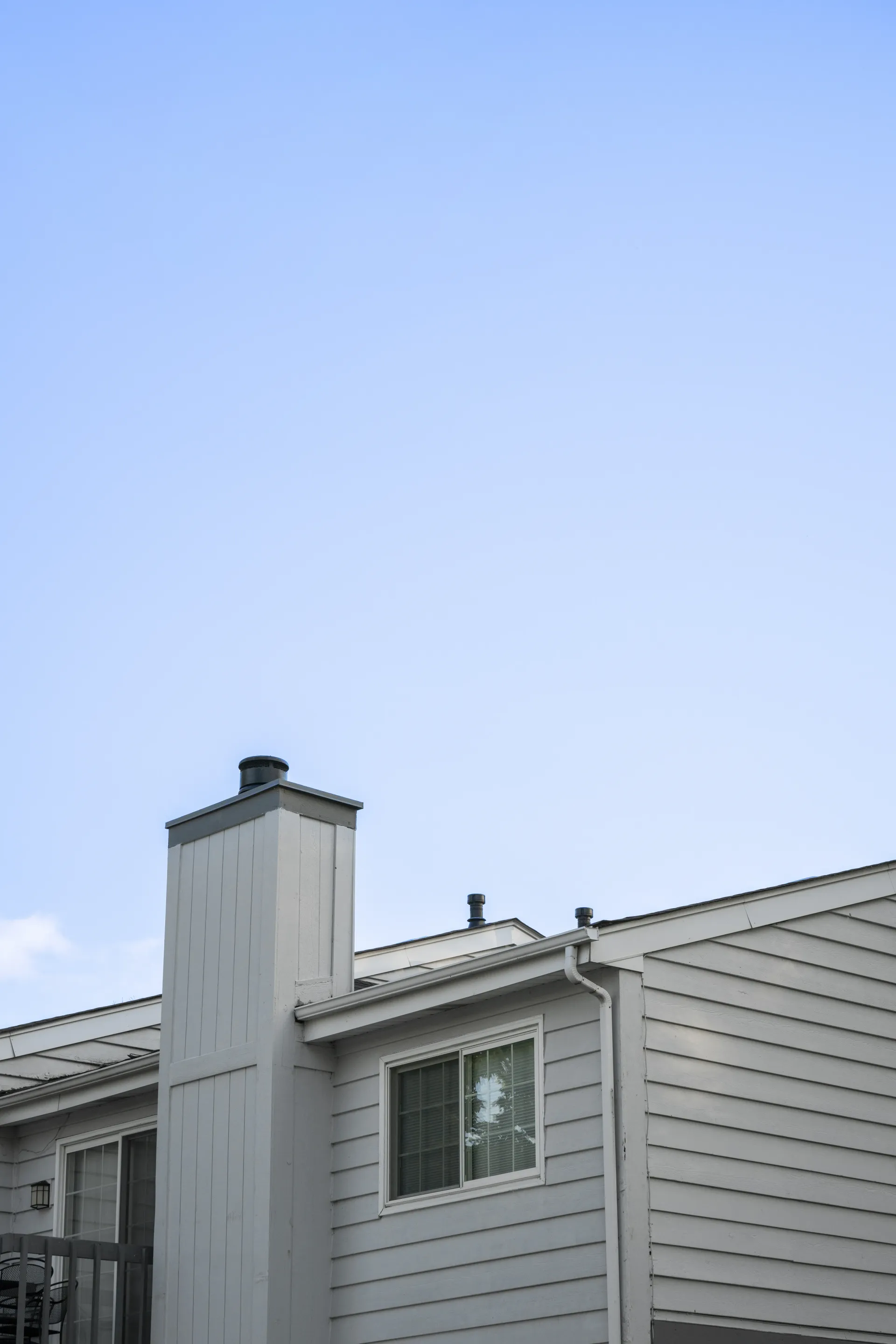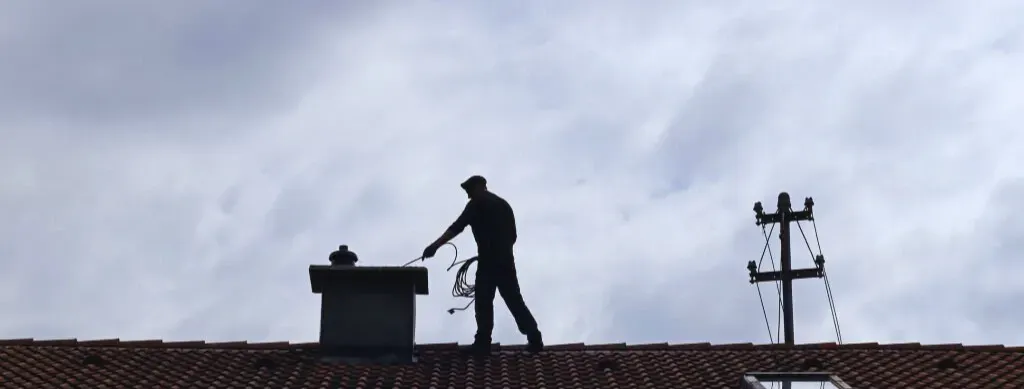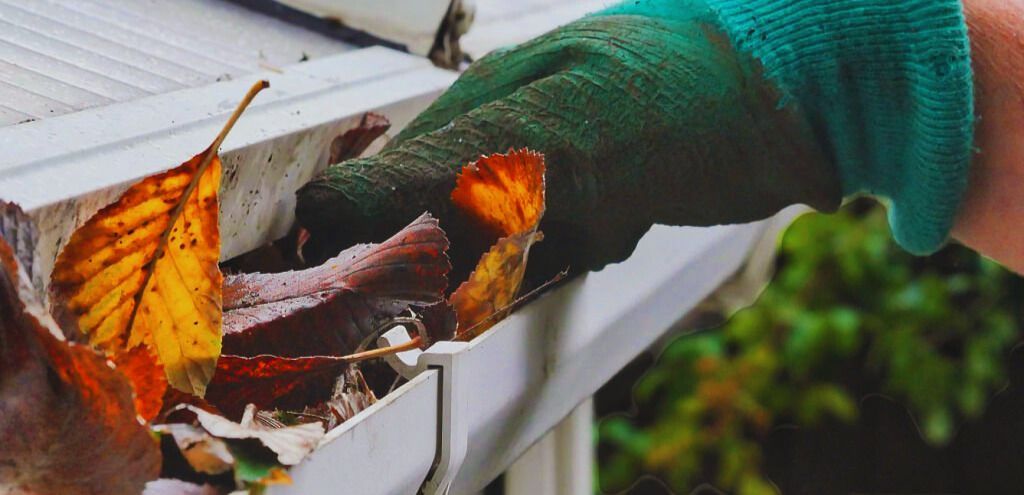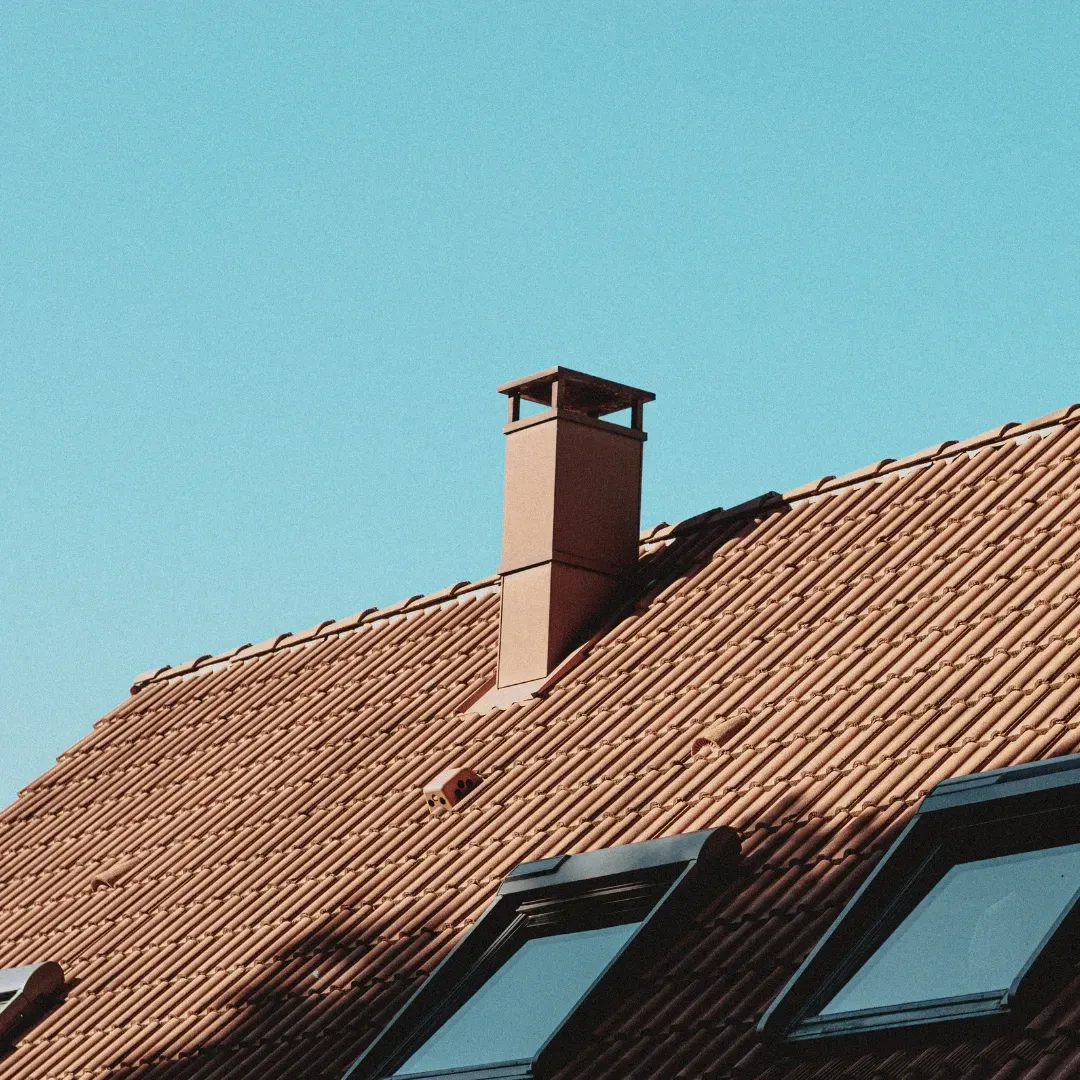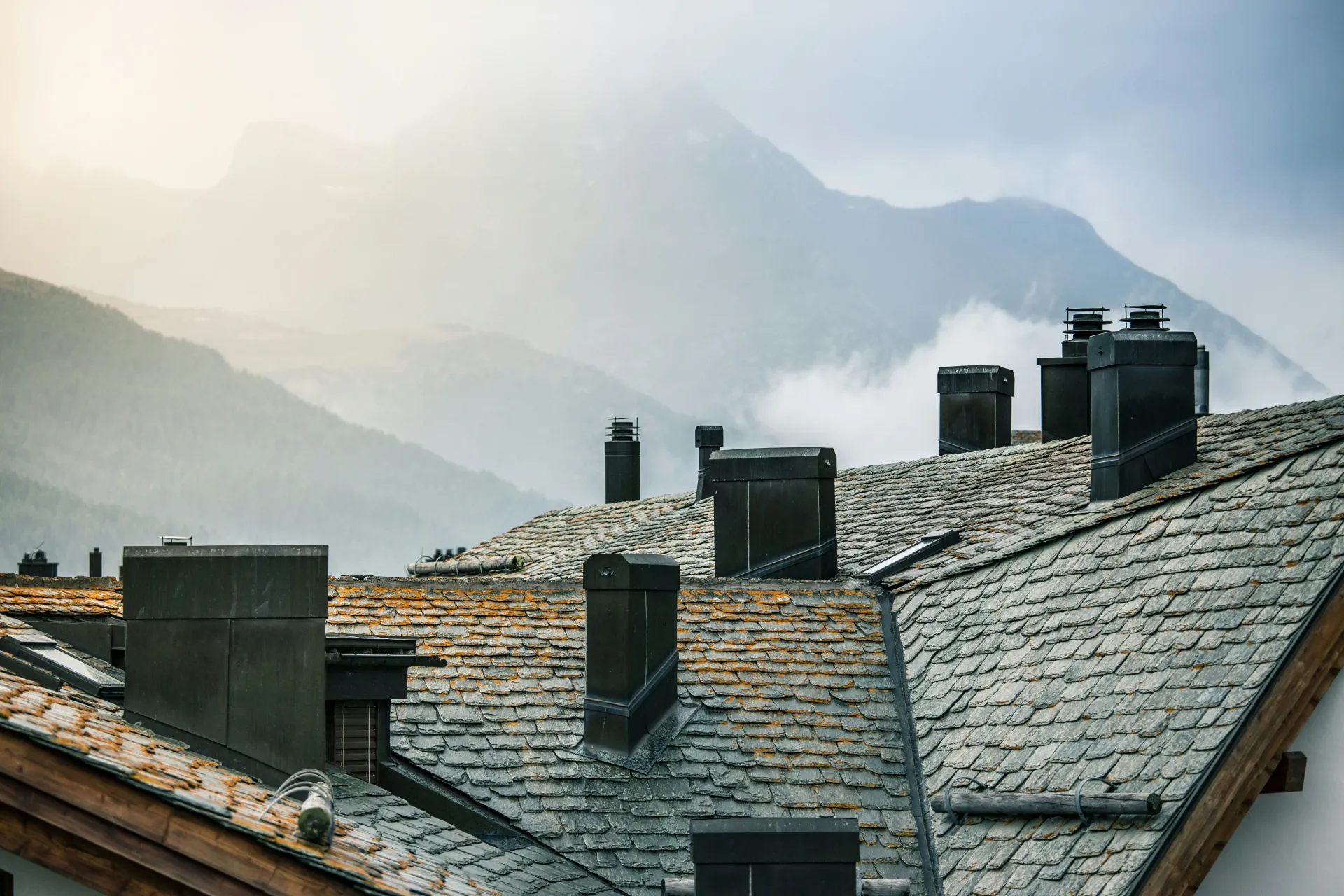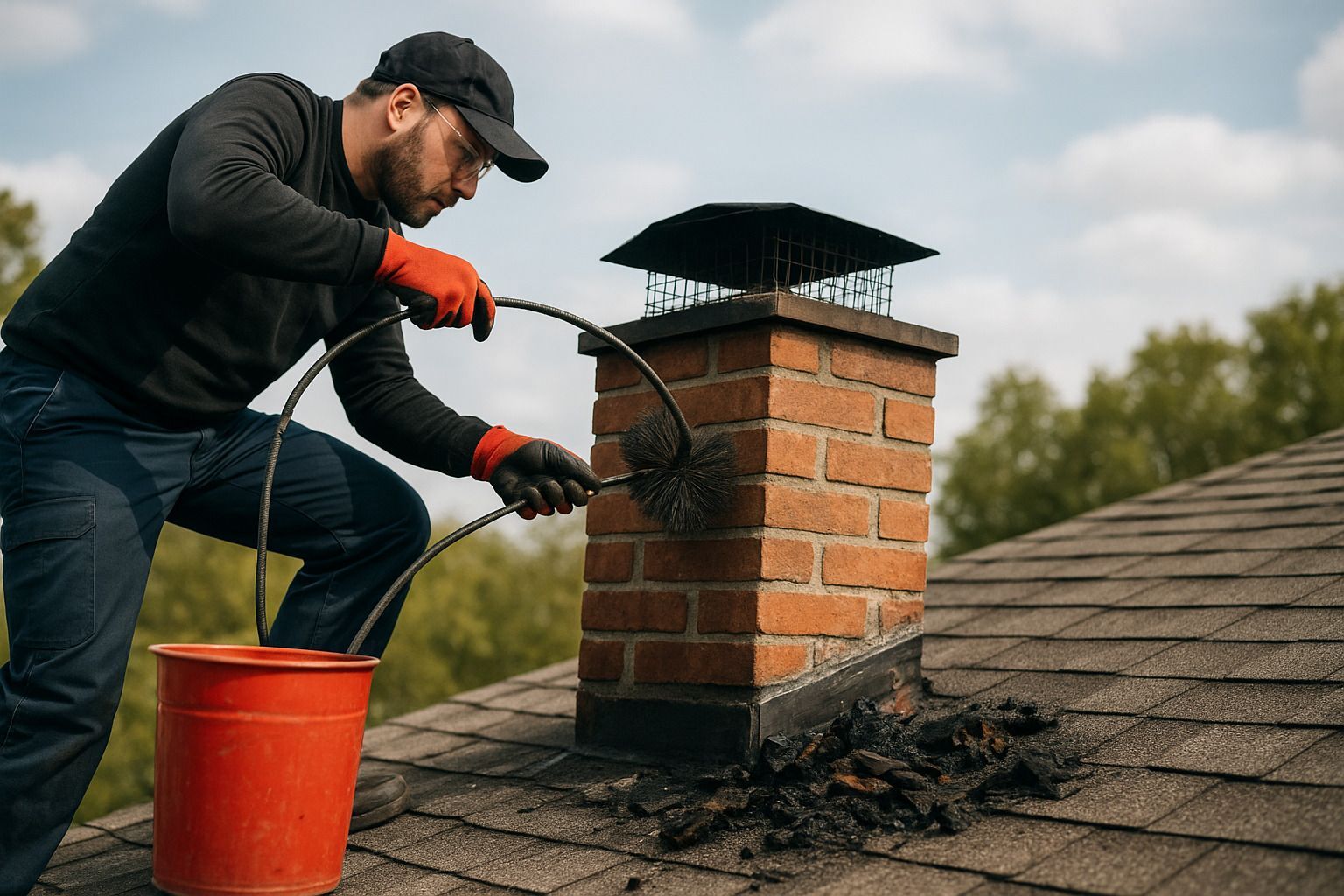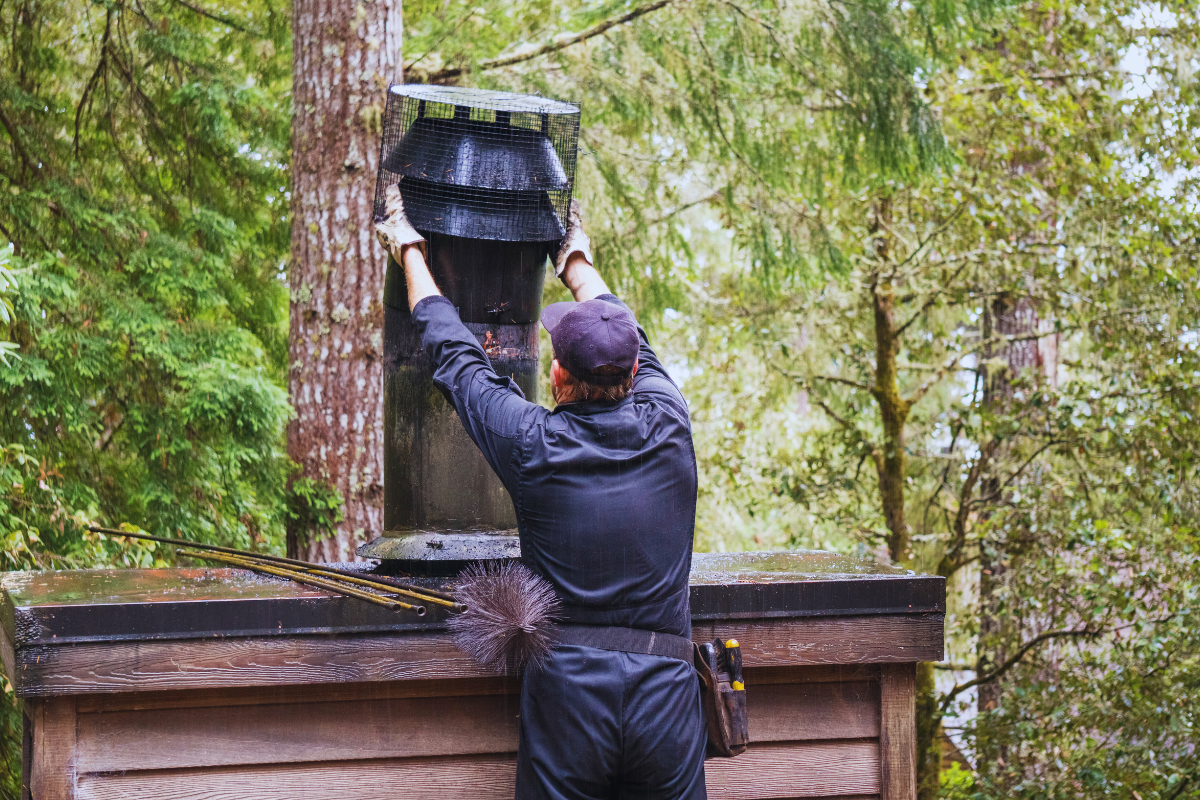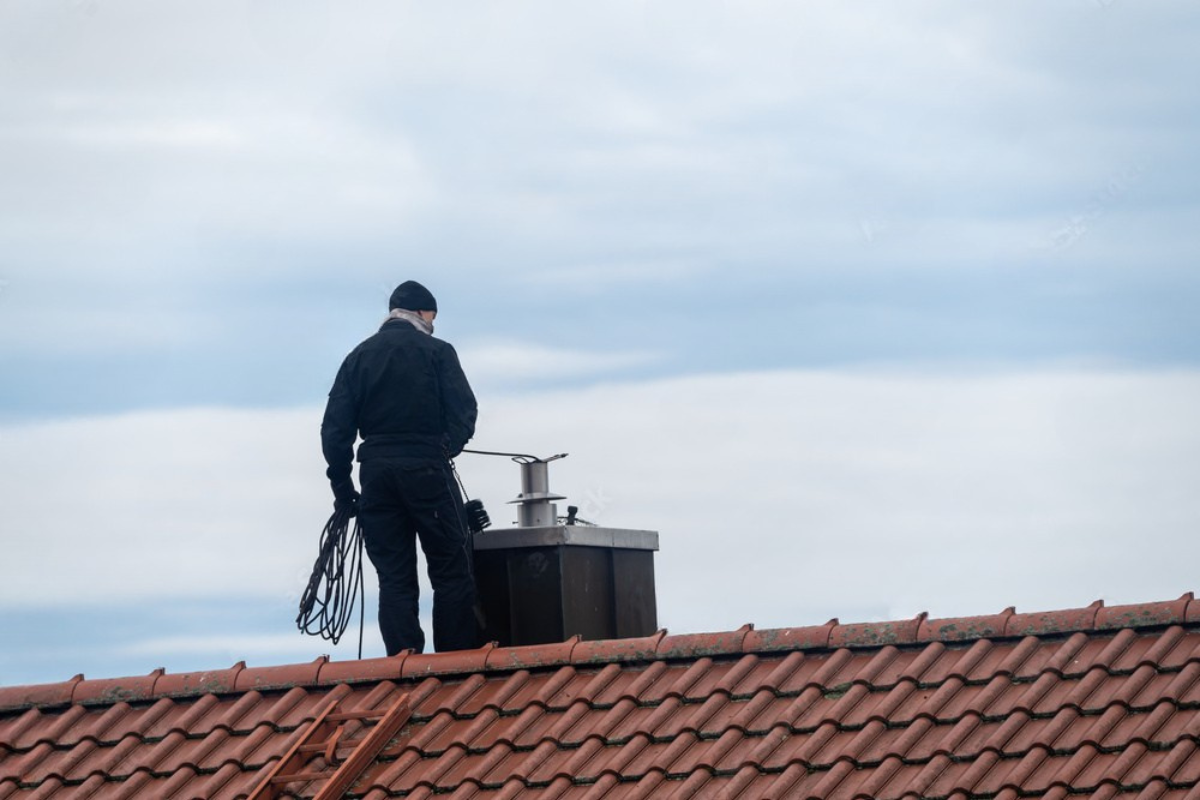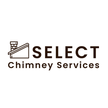Mastering Fireplace Safety: Can You Burn Unseasoned Wood Safely?
As the colder months approach, the allure of a crackling fire in the fireplace becomes increasingly tempting. However, before you load up your fireplace with just any old logs, it's crucial to understand the importance of using properly seasoned wood. Burning unseasoned wood can pose serious risks to your home and your safety, and it's a mistake I've learned from personal experience.
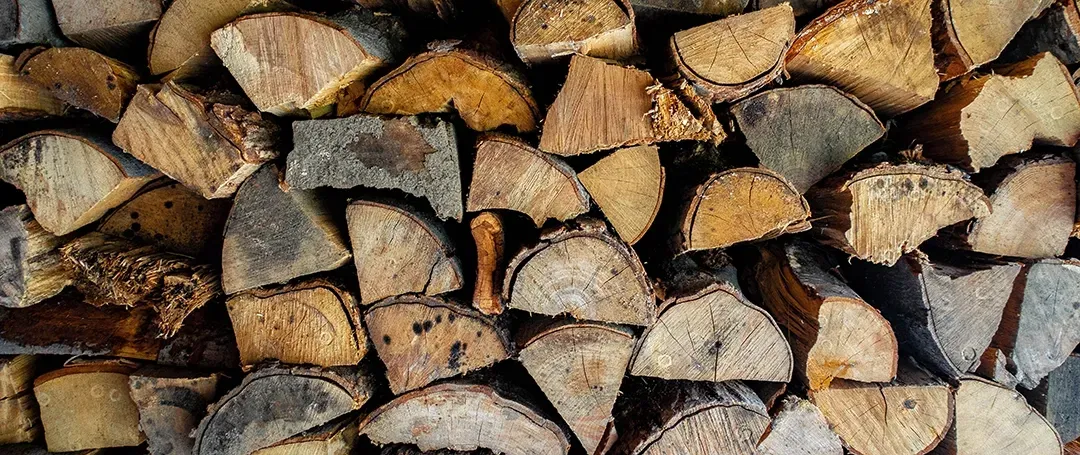
The Risks of Burning Unseasoned Wood
Reduced Heat Output Unseasoned wood, also known as "green" wood, contains a high moisture content, typically around 50% or more. When you try to burn this type of wood, a significant portion of the heat energy is used to evaporate the excess moisture rather than providing warmth to your home. This results in a much less efficient and less satisfying fire, leaving you shivering in the cold instead of cozying up to the flames.
Increased Creosote Build-up The high moisture content of unseasoned wood also leads to the production of a tar-like substance called creosote as the wood burns. Creosote accumulates in your chimney, and if left unchecked, it can become a serious fire hazard. This thick, sticky material is highly flammable and can ignite, potentially causing a dangerous chimney fire that can quickly spread to the rest of your home.
Potential Chimney Fires The combination of reduced heat output and increased creosote build-up can create the perfect conditions for a chimney fire. These types of fires can be incredibly difficult to extinguish and can cause extensive damage to your home, not to mention the risk to your family's safety.
Fireplace Safety Tips for Seasoned Wood
Proper Wood Seasoning To avoid these risks, it's essential to use properly seasoned wood in your fireplace. Seasoned wood has been allowed to dry for at least 6 to 12 months, reducing its moisture content to around 20% or less. This ensures that the wood burns efficiently, produces more heat, and minimizes creosote buildup.
Maintaining Your Chimney Regular chimney inspections and cleanings are also crucial for maintaining a safe and efficient wood-burning fireplace. A professional chimney sweep can identify and address any issues, such as creosote buildup or structural problems, before they become serious hazards.
Safe Wood Storage Proper storage of your seasoned wood is also important. Keep it elevated off the ground and covered to protect it from the elements, which can reintroduce moisture and undo all your hard work.
Seasoned vs. Unseasoned Wood: What's the Difference?
Moisture Content The primary difference between seasoned and unseasoned wood is the moisture content. Seasoned wood has a lower moisture content, typically around 20% or less, while unseasoned, or "green," wood can have a moisture content of 50% or more.
Burn Characteristics This difference in moisture content significantly impacts how the wood burns. Seasoned wood ignites more easily, burns hotter, and produces more consistent heat output. Unseasoned wood, on the other hand, struggles to ignite, burns cooler, and can lead to the buildup of creosote in your chimney.
Environmental Impact The choice between seasoned and unseasoned wood also has environmental implications. Burning unseasoned wood can release more particulate matter and other pollutants into the air, contributing to poor indoor and outdoor air quality. Seasoned wood, with its lower moisture content, burns more cleanly and efficiently, reducing the environmental impact.
Choosing the Right Wood for Your Fireplace
Hardwood vs. Softwood When it comes to selecting the best wood for your fireplace, the distinction between hardwood and softwood is essential. Hardwoods, such as oak, maple, and birch, are generally denser and burn hotter and longer than softwoods, like pine or fir.
Hardwoods are the preferred choice for most fireplaces due to their superior burn characteristics.
Wood Species Recommendations Some of the best hardwood options for your fireplace include:
- Oak: A classic and popular choice, oak is dense, burns hot, and produces a long-lasting fire.
- Maple: Another excellent option, maple is dense, burns cleanly, and provides a consistent heat output.
- Birch: Birch is a hardwood that ignites easily and burns brightly, making it a great choice for starting a fire.
Chimney Maintenance for Wood-Burning Fireplaces
Importance of Regular Inspections Regular chimney inspections and cleanings are critical for maintaining the safety and efficiency of your wood-burning fireplace. A professional chimney sweep can identify and address any issues, such as creosote buildup or structural problems, before they become serious hazards.
Chimney Cleaning and Repair Chimney cleaning should be performed at least once a year, or more frequently if you use your fireplace regularly. This process involves removing any accumulated creosote, debris, and obstructions from the chimney, ensuring proper airflow and reducing the risk of fires.
Preventing Creosote Buildup To prevent excessive creosote buildup, it's essential to use properly seasoned wood and maintain a hot, efficient fire. Avoid smoldering fires, which can contribute to increased creosote production.
Key Takeaways and FAQ
- Using unseasoned, or "green," wood in your fireplace can lead to reduced heat output, increased creosote buildup, and potential chimney fires.
- Properly seasoned wood, with a moisture content of 20% or less, is the safest and most efficient choice for your fireplace.
- Hardwoods, such as oak, maple, and birch, are generally the best options due to their dense, long-burning characteristics.
- Regular chimney inspections and cleanings are essential for maintaining the safety and efficiency of your wood-burning fireplace.
- Preventing creosote buildup is key to avoiding the risk of dangerous chimney fires.
FAQ:
Q: How long does it take to properly season wood? A: It typically takes 6 to 12 months for wood to properly season and reach a moisture content of 20% or less.
Q: Can I mix seasoned and unseasoned wood in my fireplace? A: It's generally not recommended to mix seasoned and unseasoned wood, as the unseasoned wood can negatively impact the burn characteristics and increase the risk of creosote buildup.
Q: How often should I have my chimney inspected and cleaned? A: It's recommended to have your chimney inspected and cleaned at least once a year, or more frequently if you use your fireplace regularly.
Q: What are the signs that my chimney needs cleaning? A: Signs that your chimney needs cleaning include excessive smoke in the home, reduced airflow, and visible creosote buildup inside the chimney.
Remember, taking the time to use properly seasoned wood and maintain your fireplace and chimney is essential for ensuring the safety and efficiency of your home heating system. By following these tips, you can enjoy the cozy ambiance of a wood-burning fireplace without the risks associated with burning unseasoned wood.
